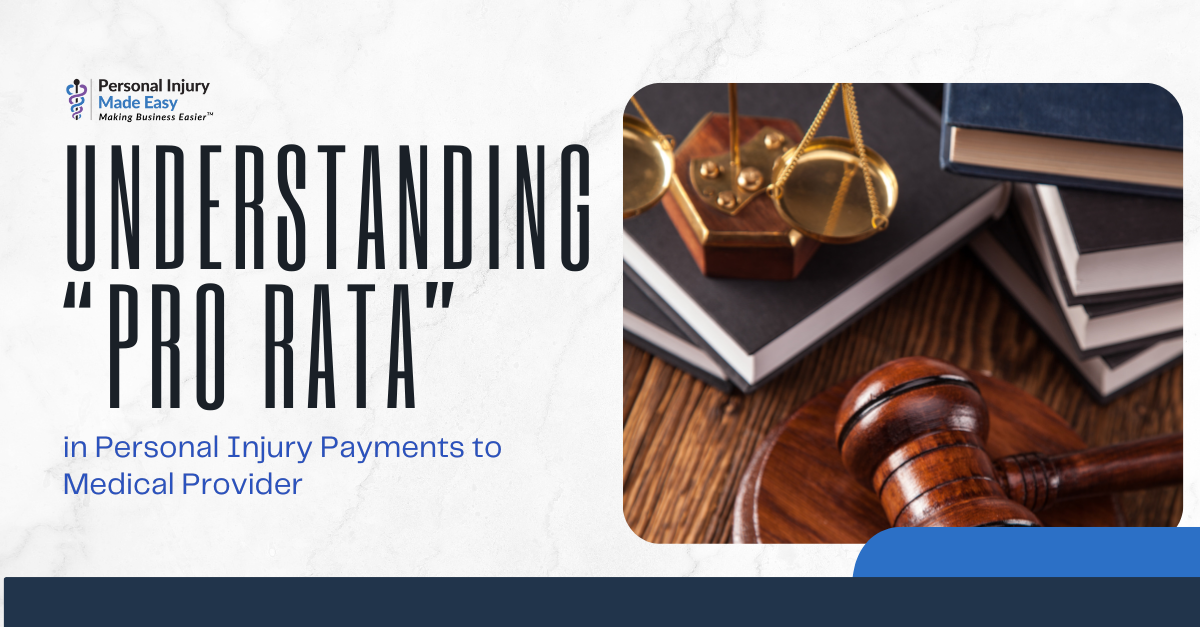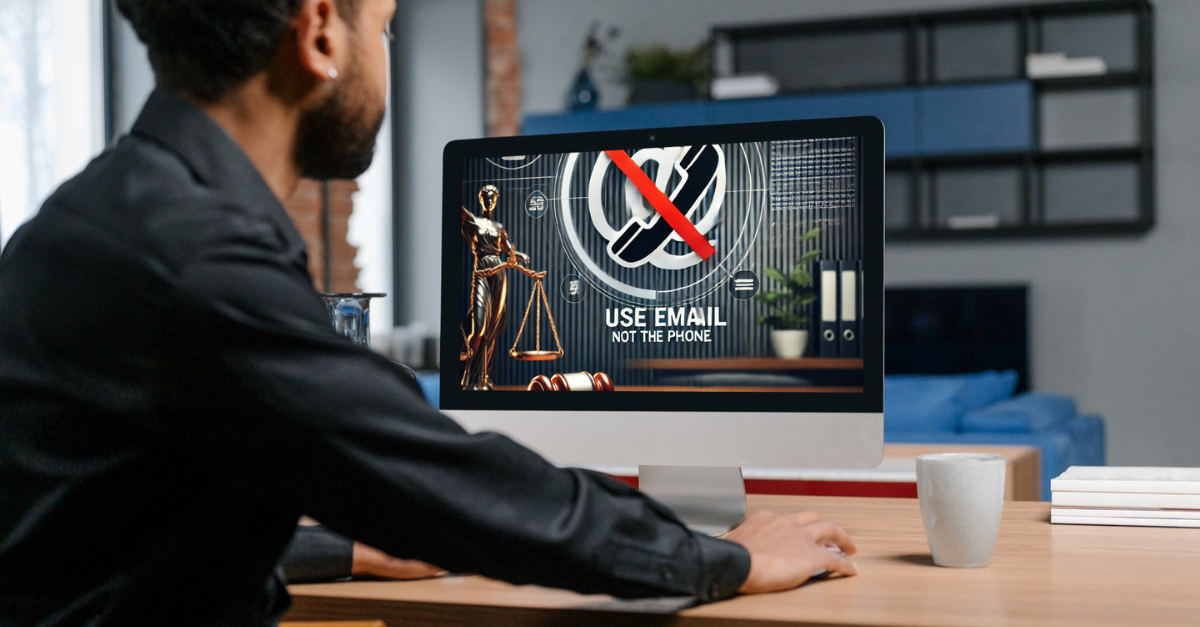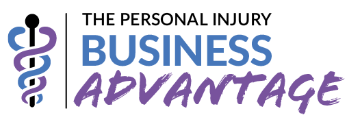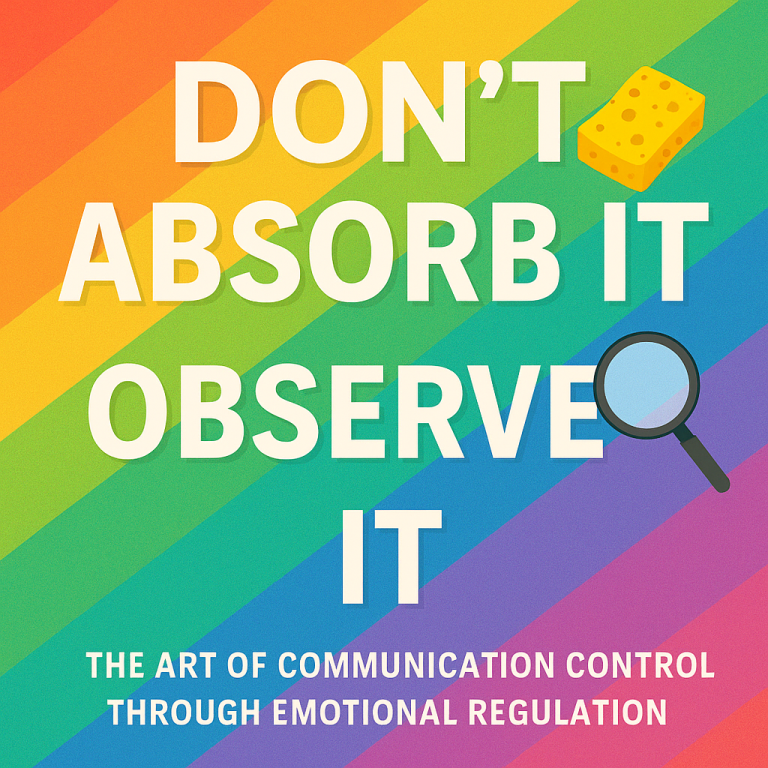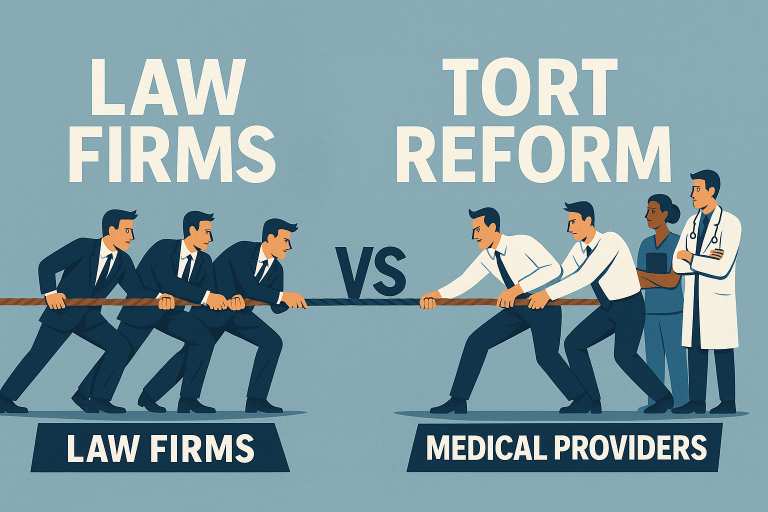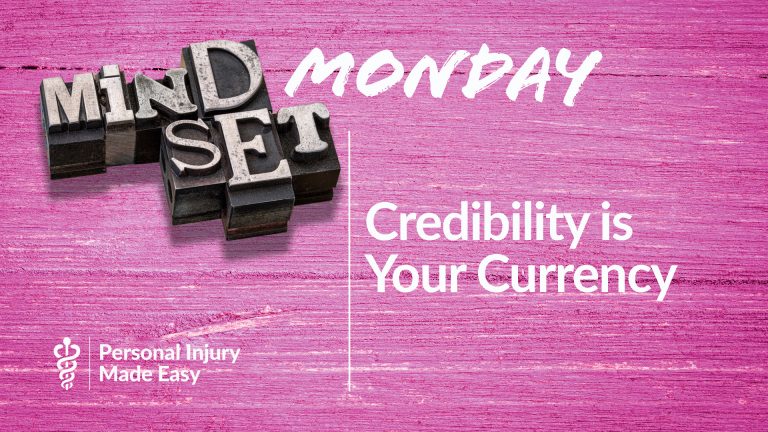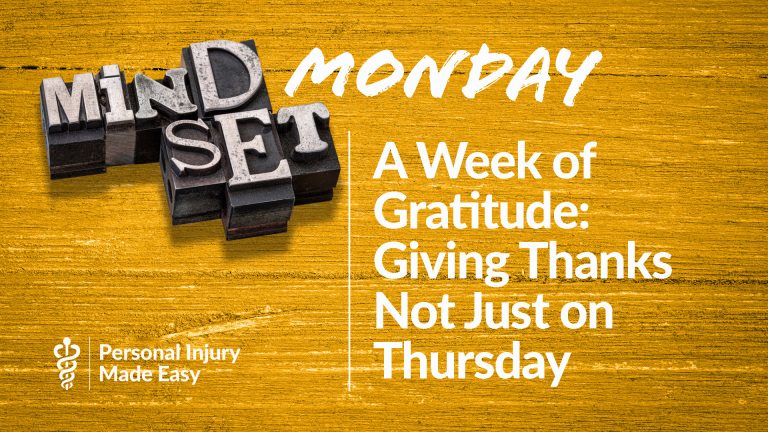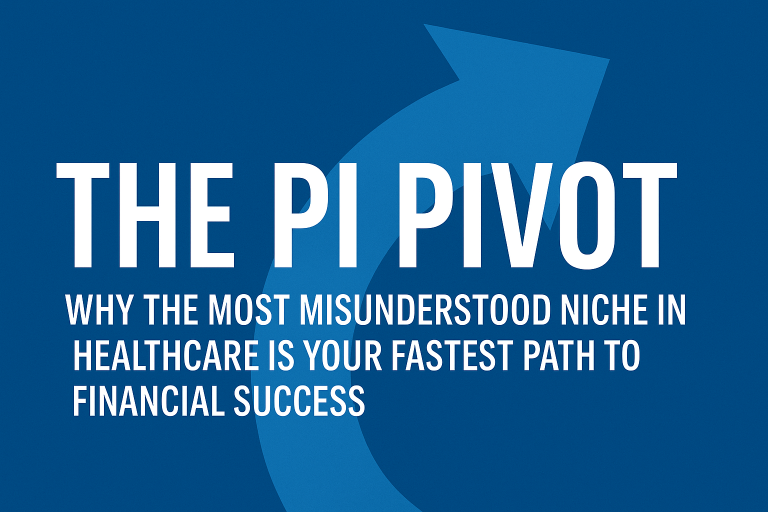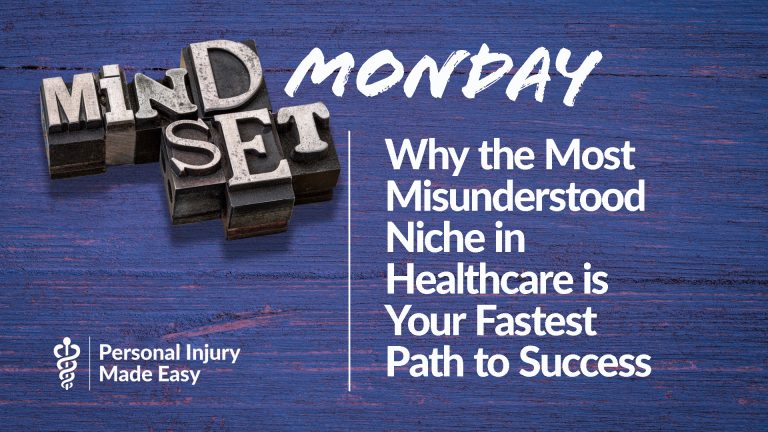
Turn Battles into Bridges: Slay the Medical Bill Payment Problem, not the Law Firm
Reframe Conflict into Collaboration and Control the Negotiation
In personal injury (PI), payment delays and reduction requests are almost inevitable. A patient’s case settles, and you receive the dreaded message:
“There’s not enough to pay your bill in full.”
The reaction is often the same: frustration, even anger. And understandably so. You delivered accurate diagnosis, excellent care, thorough documentation, and fair, reasonable billing. You upheld your end of the deal only to be told that your compensation must take a hit while the law firm keeps its full fee.
What do most providers do next? They vilify the law firm. They vent anger and resentment toward their perceived opponent. They think:
“These attorneys are abusing us, and I’ve had enough of the disrespect!”
But here’s the shift that changes everything:
Make the problem the enemy—not the law firm.
The attorney isn’t your enemy. Nor is the staffer who reached out. The true adversary, the one obstructing your payment, is the problem itself: the claim of insufficient funds.
Most medical offices instinctively turn this into a battle against the law firm. But the real opportunity lies in turning your opponent into your negotiations partner. When you reframe the issue as a shared enemy, you open the door to collaboration, not confrontation.
You’re no longer pointing fingers. You’re no longer reacting. You’re controlling the negotiation by owning the framing and focus.
Step 1: Reframe the Conflict
When you’re told “there’s not enough to pay the bill,” your first response shouldn’t be retaliation. It should be reframing. And your goal is to get the law firm to agree to that frame.
“Sounds like we’ve got a problem getting this bill properly paid. That’s our shared issue. Let’s work together to solve it. Do you agree?”
This immediately creates psychological safety. It disarms defensiveness. It builds alignment without forcing premature commitment. You’re not launching an attack; you’re inviting partnership to defeat a shared adversary.
Even if the law firm caused the issue, your focus is still on the enemy: the problem of insufficient funds. That’s powerful.
Step 2: Control the Focus
Once you gain alignment, shift focus to the real objective: resolving the bill in a way that honors your work and preserves the relationship if you desire to do so.
Even if the lawyer botched the case, settled without notice, or is being greedy by taking a full fee while asking you to take a loss, don’t demonize them.
Instead, try:
“I understand the case didn’t resolve as hoped. Let’s focus on solving the issue of getting us fairly compensated. That’s the enemy here, not you, not me. Agreed?”
This keeps the discussion solution-orientedand keeps you in control of the negotiations process.
Step 3: Discover the Origin of the Problem
To solve the shared problem, shift the discussion toward discovery:
“Let’s figure out how this issue developed, and whether it’s truly as bad as it seems. Let’s both be fully transparent so we can find the best solution. Fair enough?”
This redirects the focus to facts and law:
- Was the settlement lower than expected? Are other funds available?
- Are attorney fees disproportionate to case value?
- Is the firm keeping more than the client?
- Are there attorney costs that should be the patient’s responsibility?
- Was a reduction assumed and the case closed without discussion?
- Are legal doctrines, like common fund or pro rata, being misapplied?
- Are business principles, like differing medical specialty profit margins, being overlooked?
This step uncovers leverage: relevant laws, ethical principles, and factual realities that support your case for higher payment. You’re now armed with facts, not frustration. And you still say:
“Now that we better understand the situation, let’s work together to defeat this obstacle. Sound good?”
That’s not a threat. That’s strategic leadership.
Step 4: Use Leverage with Leadership
Once you have the leverage, present it tactfully, not forcefully:
“The law appears clear and the facts seem to support higher pay and maybe full pay in this context. That might be why the issue persists. I believe we can find a solution that keeps your client happy, your firm protected, and us properly paid.”
You’ve demonstrated strength without antagonism.
Yes, they likely already knew this. Maybe they were hoping you didn’t. But now, by walking the discovery path together, you’re not accusing, you’re revealing.
You’ve both uncovered truths. The truth may lead to full payment which protects the law firm from an angry client or mishandling of the medical bill handling. It may not make everyone happy, but it resolves the problem.
Step 5: Close with Collaboration, Not Conquest
Once the bill is paid, whether fully or significantly improved, don’t spike the football. Preserve and elevate the relationship:
“Thanks for working through this with us. I really value your firm’s efforts for the patient. I know PI cases can be messy, but I’m grateful we addressed this problem together instead of turning on each other.”
That last line ensures the next case feels welcoming, not awkward. You’ve turned a potential breakdown into a breakthrough.
In personal injury, conflict is constant. That’s the nature of the industry. But PI success isn’t about being liked. It’s about being respected.
Final Thought: ROI + ROR
Yes, you want ROI: Return on Investment. But what builds sustainable success is ROR: Return on Relationship.
Reframing conflict into perceived collaboration transforms billing battles into professional bridges. It turns enemies into allies. And it turns one tough negotiation into professionalism and respect that supports long-term trust.
This is how you control the process, protect your value, and win the negotiation without destroying the relationship.
You’ve just slain the dragon. Not with a sword, but with strategy, clarity, and collaboration.
And in that victory, everyone wins.


